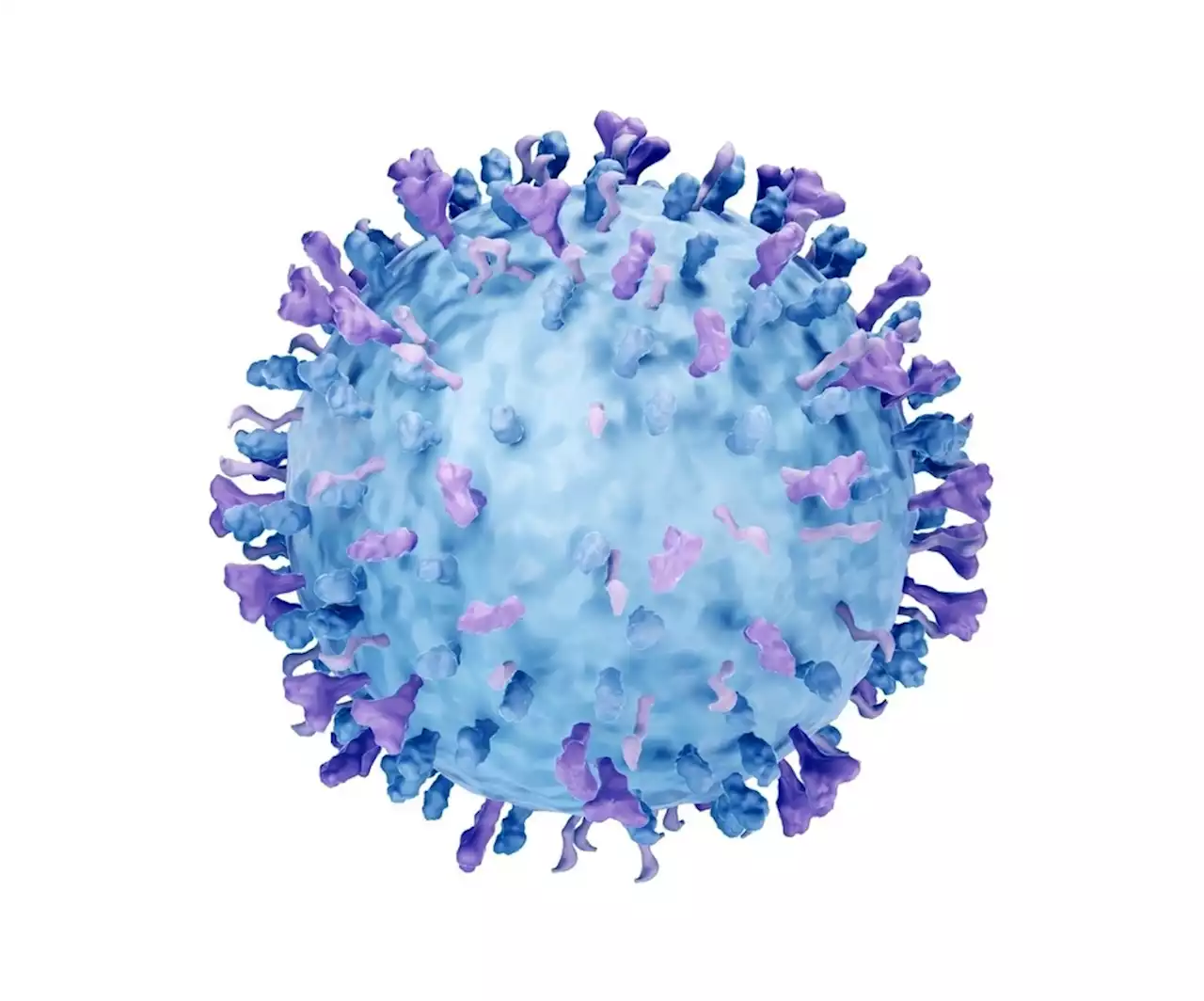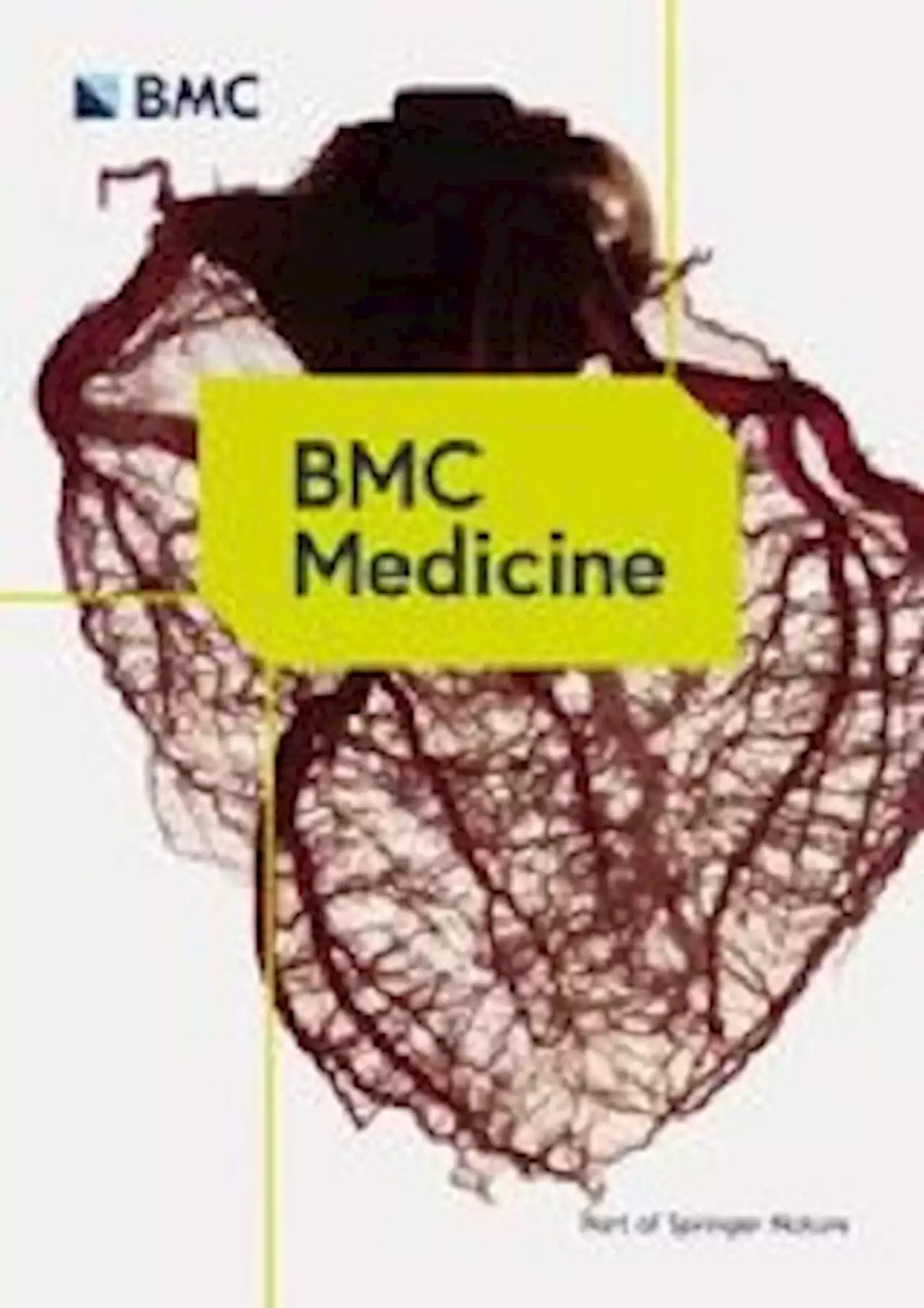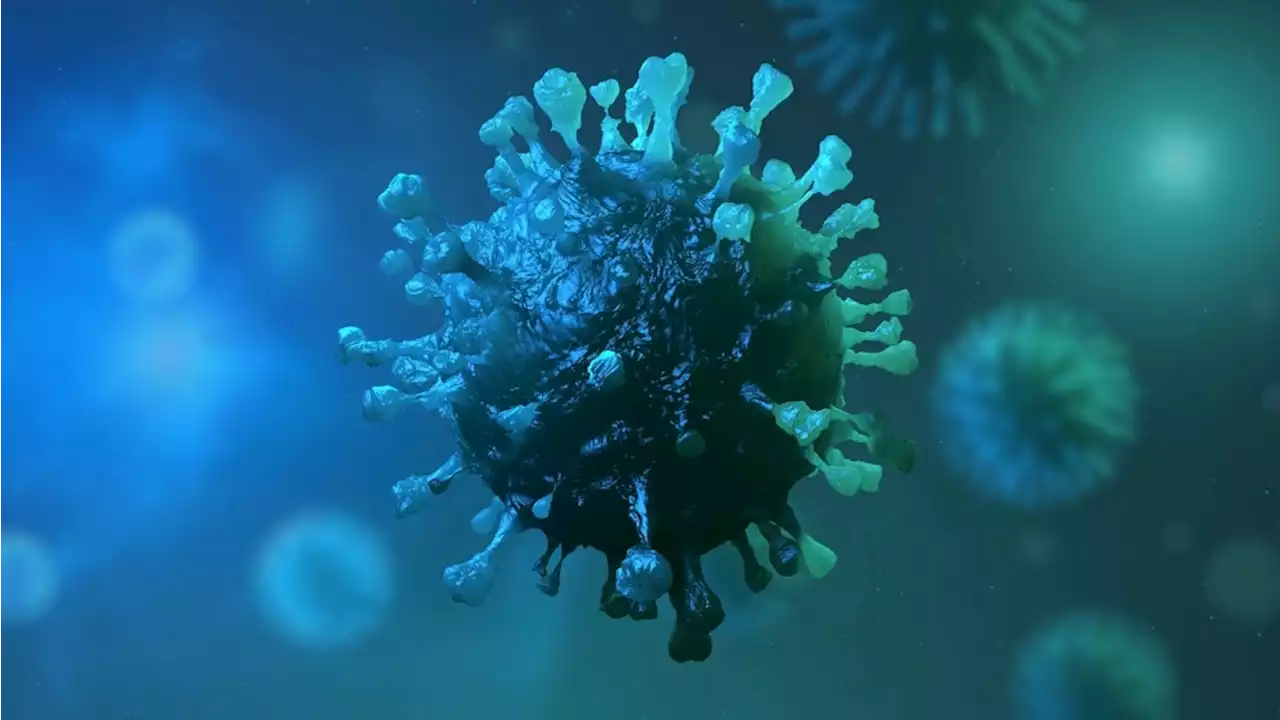Chitin-immobilized nanobodies for SARS-CoV-2 detection medrxivpreprint HHU_de SARSCoV2 covid coronavirus COVID19 nanobodies
By Tarun Sai LomteNov 21 2022Reviewed by Danielle Ellis, B.Sc. In a recent study posted to bioRxiv*, researchers demonstrated a novel strategy to detect severe acute respiratory syndrome coronavirus 2 using chitin-immobilized nanobodies.
The study and findings In the present study, researchers established a novel approach to detect SARS-CoV-2 using chitin-immobilized nanobodies. First, they screened different nanobody-Cts1 fusion proteins for expression, unconventional secretion, and binding activity against the SARS-CoV-2 spike’s receptor-binding domain . Four nanobody-Cts1 fusion constructs were synthesized using two llama-derived nanobodies and two synthetic nanobodies .
Further, these three fusion proteins were purified and evaluated in a direct ELISA against full-length SARS-CoV-2 S1 protein. All three fusion proteins showed significant binding activity; VHHEE-Cts1 and Sy68/15-Jps1 had two-fold increased binding compared to VHHE-Cts1. The researchers performed adjusted neutralization assays to determine whether in vitro activity translated to in vivo binding or neutralization.
Quantifying signal intensities revealed that 44% of the recombinant Cts1 protein and 68% of the Gus-Cts1 fusion protein were captured on the bead. The functionality of the fusion protein after immobilization was assessed. Specifically, Gus activity was detected on beads incubated with cell extracts containing Gus-Cts1, implying functional activity retention despite immobilization on beads.
United Kingdom Latest News, United Kingdom Headlines
Similar News:You can also read news stories similar to this one that we have collected from other news sources.
 Researchers identify a novel RSV variant associated with prolonged infectionResearchers identify a novel RSV variant associated with prolonged infection Respiratory Syncytial Virus RSV Infectious Disease Pathogen Respiratory JIDJournal epfl EmoryUniversity PittTweet VanderbiltU
Researchers identify a novel RSV variant associated with prolonged infectionResearchers identify a novel RSV variant associated with prolonged infection Respiratory Syncytial Virus RSV Infectious Disease Pathogen Respiratory JIDJournal epfl EmoryUniversity PittTweet VanderbiltU
Read more »
 Honey improves key measures of health, including blood sugar and cholesterol levelsHoney improves key measures of health, including blood sugar and cholesterol levels Cardiometabolic Honey Cardiology type2diabetes NutrReviews Toronto_3D_Unit
Honey improves key measures of health, including blood sugar and cholesterol levelsHoney improves key measures of health, including blood sugar and cholesterol levels Cardiometabolic Honey Cardiology type2diabetes NutrReviews Toronto_3D_Unit
Read more »
 CAR T-cell therapy in colorectal cancerCAR T-cell therapy in colorectal cancer FrontiersIn FrontImmunol CARTCell therapy immunology immunotherapy TCell Cancer ColorectalCancer
CAR T-cell therapy in colorectal cancerCAR T-cell therapy in colorectal cancer FrontiersIn FrontImmunol CARTCell therapy immunology immunotherapy TCell Cancer ColorectalCancer
Read more »
 Risk for newly diagnosed diabetes after COVID-19: a systematic review and meta-analysis - BMC MedicineBackground There is growing evidence that patients recovering after a severe acute respiratory syndrome coronavirus 2 (SARS-CoV-2) infection may have a variety of acute sequelae including newly diagnosed diabetes. However, the risk of diabetes in the post-acute phase is unclear. To solve this question, we aimed to determine if there was any association between status post-coronavirus disease (COVID-19) infection and a new diagnosis of diabetes. Methods We performed a systematic review and meta-analysis of cohort studies assessing new-onset diabetes after COVID-19. PubMed, Embase, Web of Science, and Cochrane databases were all searched from inception to June 10, 2022. Three evaluators independently extracted individual study data and assessed the risk of bias. Random-effects models estimated the pooled incidence and relative risk (RR) of diabetes compared to non-COVID-19 after COVID-19. Results Nine studies with nearly 40 million participants were included. Overall, the incidence of diabetes after COVID-19 was 15.53 (7.91–25.64) per 1000 person-years, and the relative risk of diabetes after COVID-19 infection was elevated (RR 1.62 [1.45–1.80]). The relative risk of type 1 diabetes was RR=1.48 (1.26–1.75) and type 2 diabetes was RR=1.70 (1.32–2.19), compared to non-COVID-19 patients. At all ages, there was a statistically significant positive association between infection with COVID-19 and the risk of diabetes: 65 years: RR=1.68 (1.22–2.30). The relative risk of diabetes in different gender groups was about 2 (males: RR=2.08 [1.27–3.40]; females: RR=1.99 [1.47–2.80]). The risk of diabetes increased 1.17-fold (1.02–1.34) after COVID-19 infection compared to patients with general upper respiratory tract infections. Patients with severe COVID-19 were at higher risk (RR=1.67 [1.25–2.23]) of diabetes after COVID-19. The risk (RR=1.95 [1.85–2.06]) of diabetes was highest in the first 3 months after COVID-19. These results remained after taking confounding factors into acco
Risk for newly diagnosed diabetes after COVID-19: a systematic review and meta-analysis - BMC MedicineBackground There is growing evidence that patients recovering after a severe acute respiratory syndrome coronavirus 2 (SARS-CoV-2) infection may have a variety of acute sequelae including newly diagnosed diabetes. However, the risk of diabetes in the post-acute phase is unclear. To solve this question, we aimed to determine if there was any association between status post-coronavirus disease (COVID-19) infection and a new diagnosis of diabetes. Methods We performed a systematic review and meta-analysis of cohort studies assessing new-onset diabetes after COVID-19. PubMed, Embase, Web of Science, and Cochrane databases were all searched from inception to June 10, 2022. Three evaluators independently extracted individual study data and assessed the risk of bias. Random-effects models estimated the pooled incidence and relative risk (RR) of diabetes compared to non-COVID-19 after COVID-19. Results Nine studies with nearly 40 million participants were included. Overall, the incidence of diabetes after COVID-19 was 15.53 (7.91–25.64) per 1000 person-years, and the relative risk of diabetes after COVID-19 infection was elevated (RR 1.62 [1.45–1.80]). The relative risk of type 1 diabetes was RR=1.48 (1.26–1.75) and type 2 diabetes was RR=1.70 (1.32–2.19), compared to non-COVID-19 patients. At all ages, there was a statistically significant positive association between infection with COVID-19 and the risk of diabetes: 65 years: RR=1.68 (1.22–2.30). The relative risk of diabetes in different gender groups was about 2 (males: RR=2.08 [1.27–3.40]; females: RR=1.99 [1.47–2.80]). The risk of diabetes increased 1.17-fold (1.02–1.34) after COVID-19 infection compared to patients with general upper respiratory tract infections. Patients with severe COVID-19 were at higher risk (RR=1.67 [1.25–2.23]) of diabetes after COVID-19. The risk (RR=1.95 [1.85–2.06]) of diabetes was highest in the first 3 months after COVID-19. These results remained after taking confounding factors into acco
Read more »
 New Material Could Replace Lead In Many Energy Storage Devices | OilPrice.comPenn State researchers have stumbled upon a new ferroelectric material that could replace lead in many electronic devices, making energy storage safer for human use
New Material Could Replace Lead In Many Energy Storage Devices | OilPrice.comPenn State researchers have stumbled upon a new ferroelectric material that could replace lead in many electronic devices, making energy storage safer for human use
Read more »
